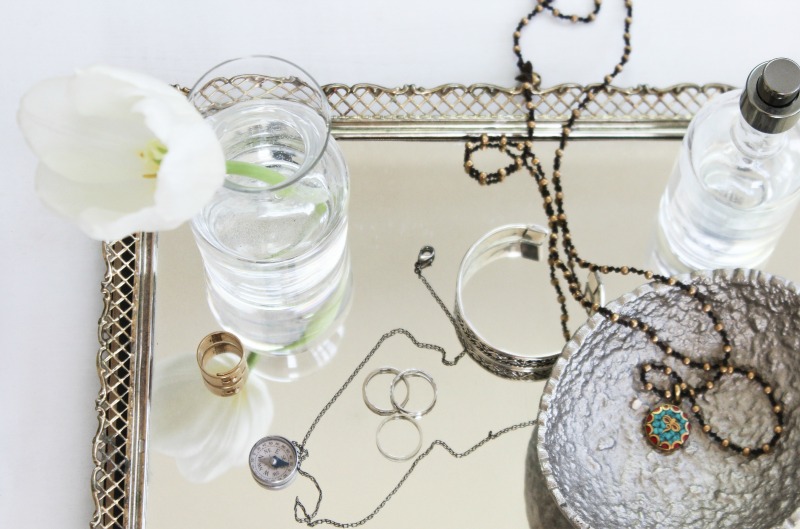
What’s in your perfume?
If you happened upon a clump of vetiver grass near a body of water, it would probably blend into the background as one of those unnamed plants framing the idyllic Bob Ross painting in front of you.
But there’s much more to this happy little grass than meets the eye.
Below the surface, the dense root system of this bunchgrass holds the soil in place.
If its network of roots were to be unearthed and dried, it would render a woody, rich scent that repels many insects and, when distilled, would be a perfect perfume ingredient.
The essential oil extracted from vetiver grass is thicker than molasses and has been used as a fragrance for centuries. Indigenous to India and known there as khus, it was brought to New Orleans in the 1800s where it became a mainstay of local perfumery. Even Catholic nuns used the dried roots to keep their linens fresh and cooled themselves with fans saturated with the scent.
At first sniff, the oil’s pungency could be overbearing to a nose more accustomed to the synthetic “freshness” of modern scents. Its sweet, earthy fragrance is unique, but much more pleasant than patchouli or oak moss on its own.
Vetiver’s natural qualities are undeniable and impossible to replicate in the lab.
It’s a great introduction to natural fragrance for anyone with a curious palate. Its grounding properties help to settle the mind and cool a heated temper. And it blends beautifully with other oils, providing a complex and long lasting base note to many lighter scents like citrus and flowers.
I’ve blended vetiver oil from the island of Sri Lanka, off the coast of India, into Bartanica’s Vetiver & Orange room spray.
Use it to set the mood for your meditation or yoga practice, and walk through a veil of scent into the unparalleled world of natural perfumery.